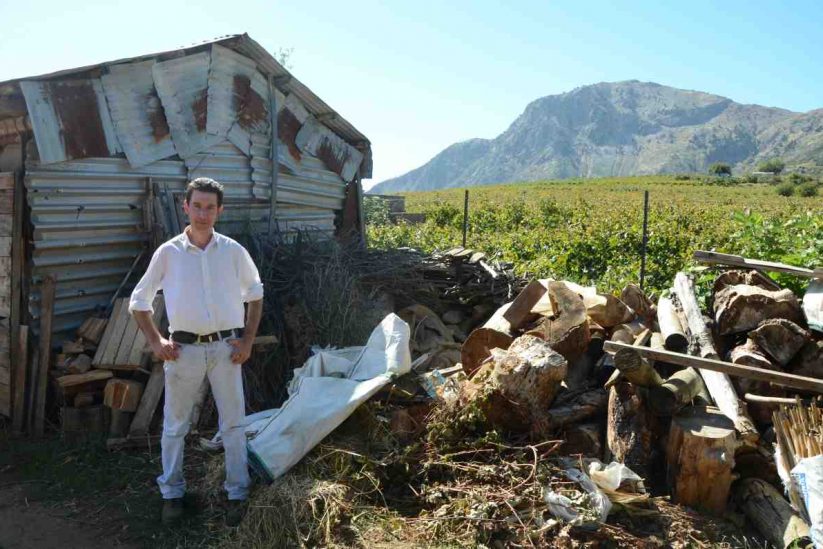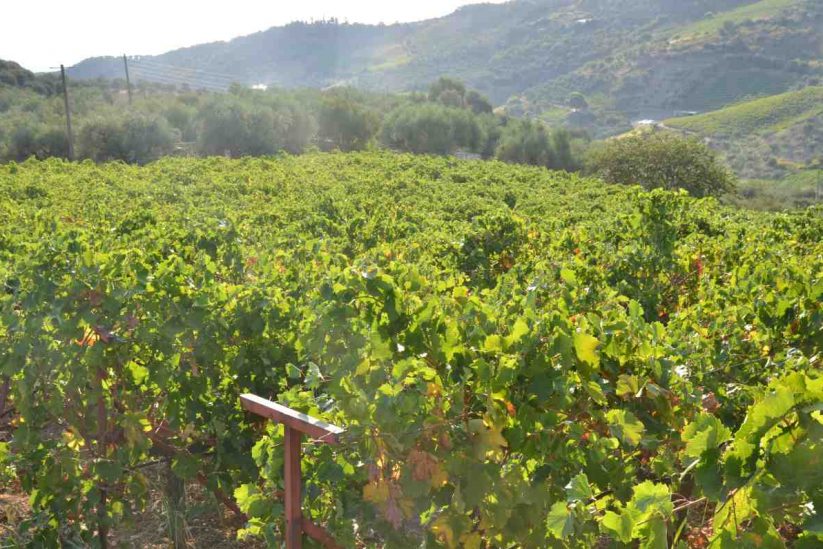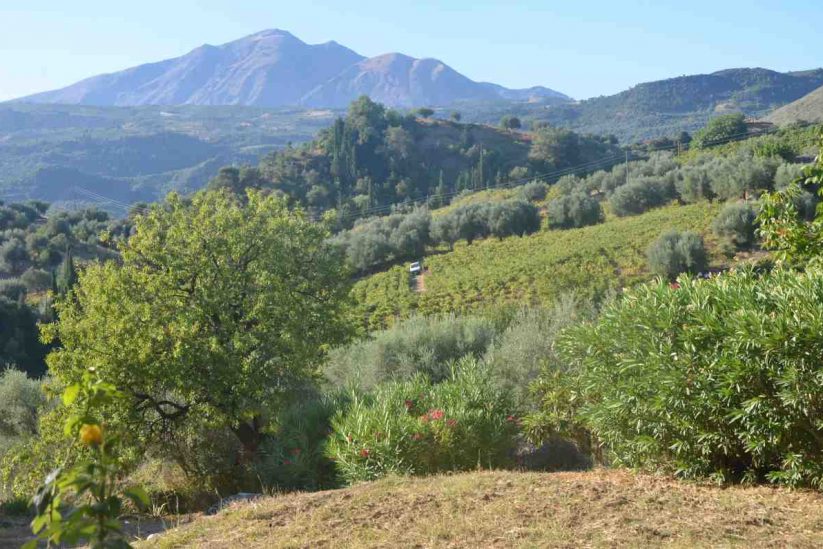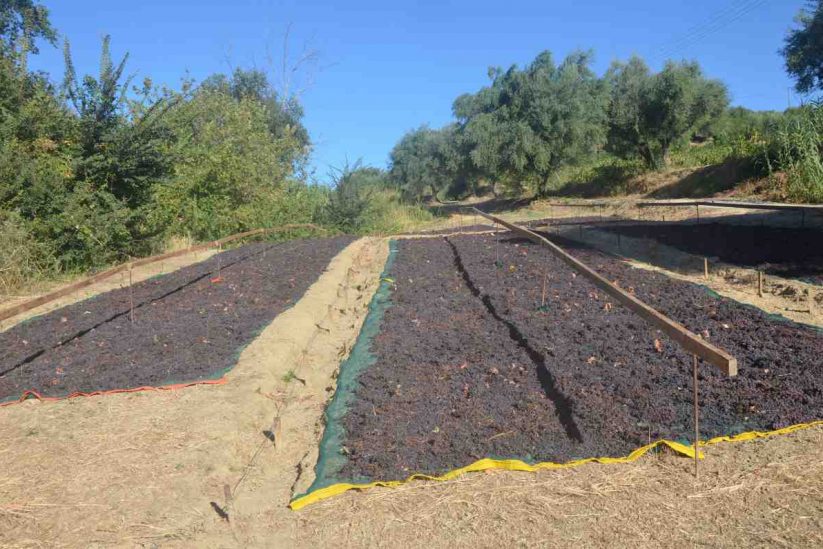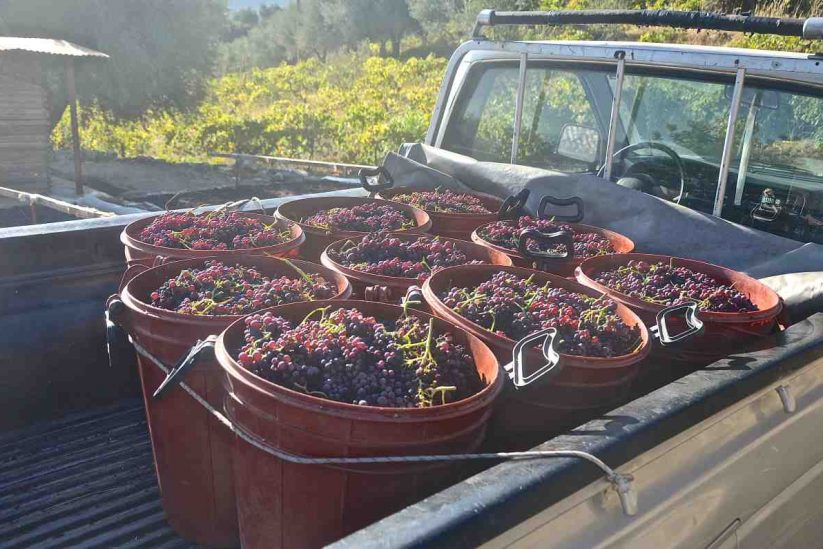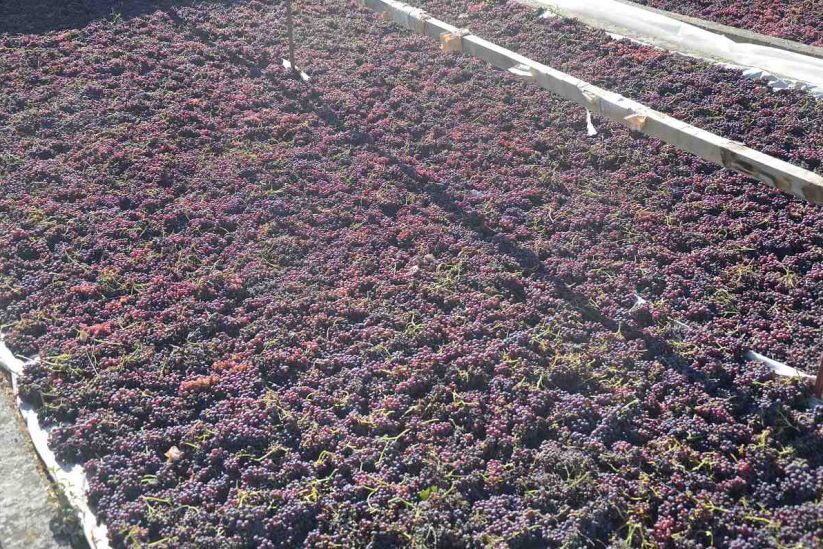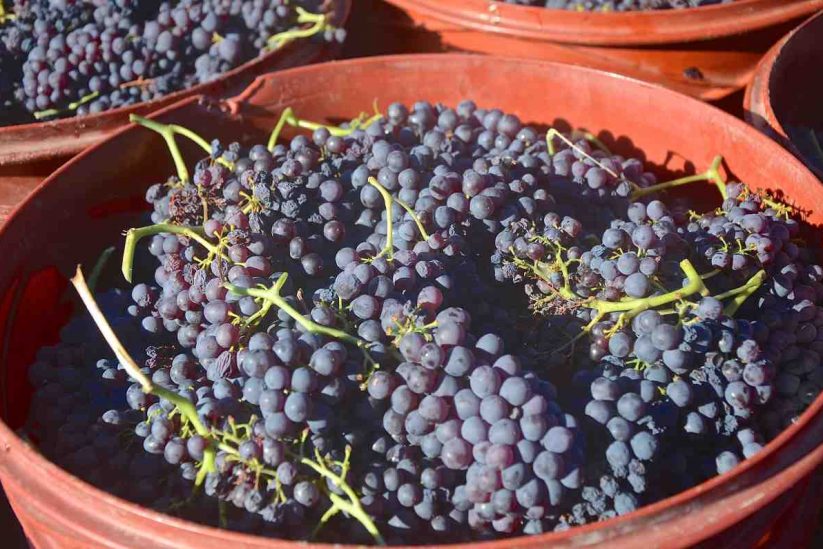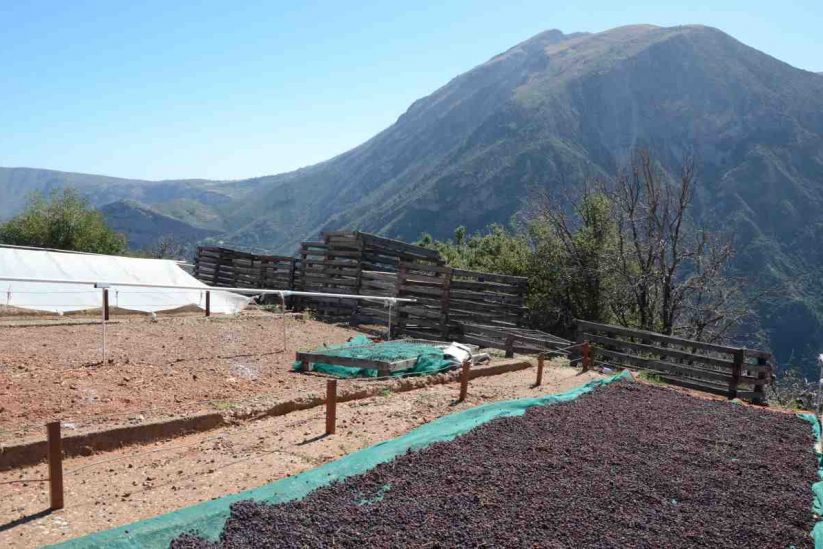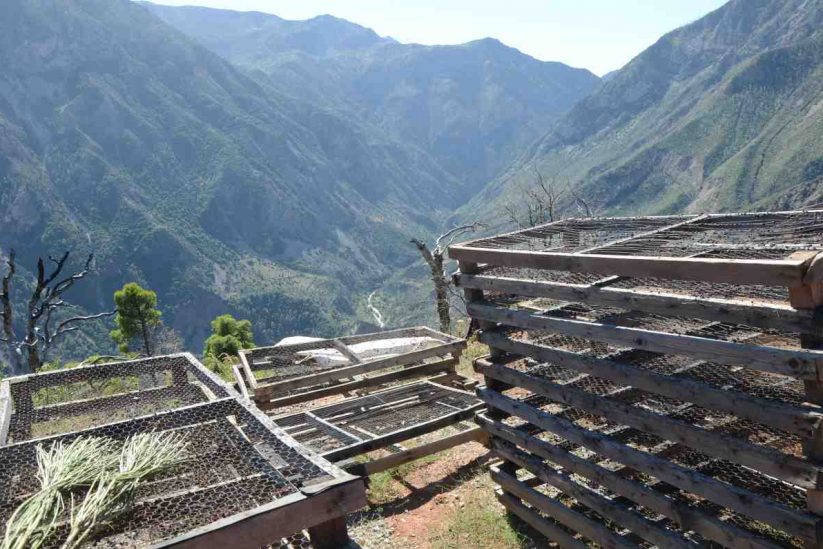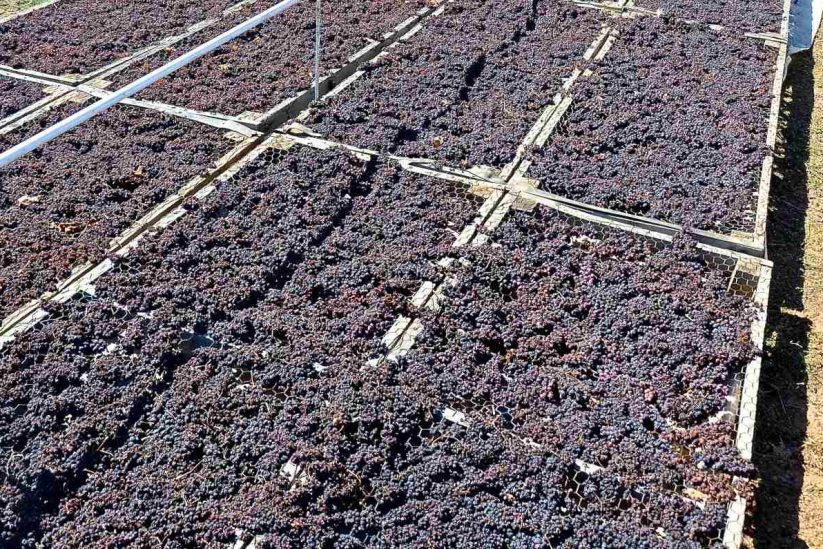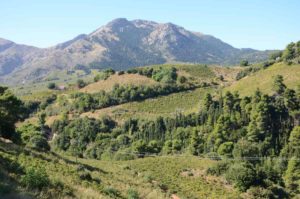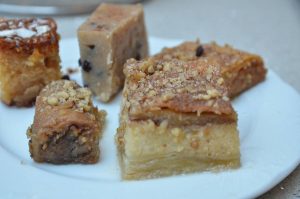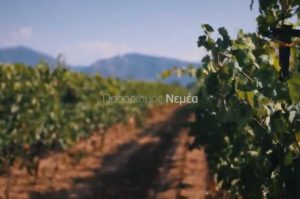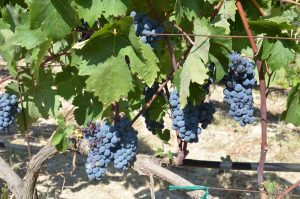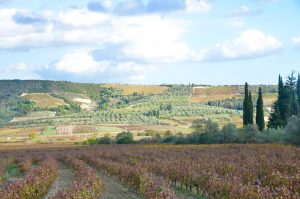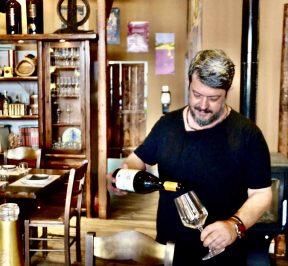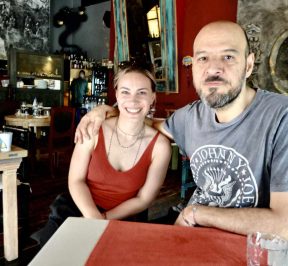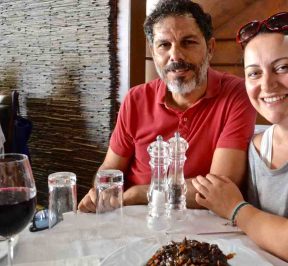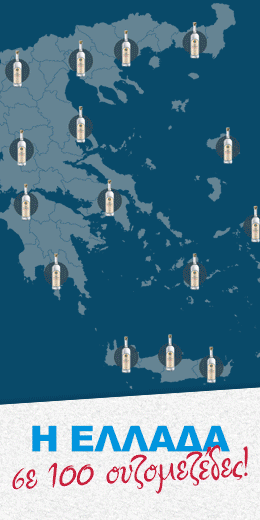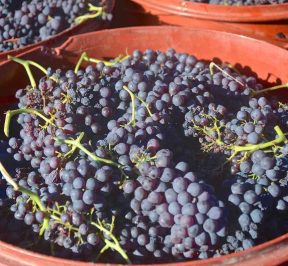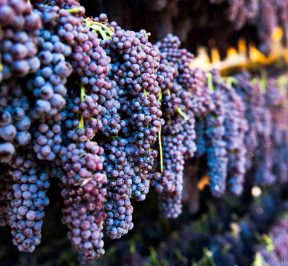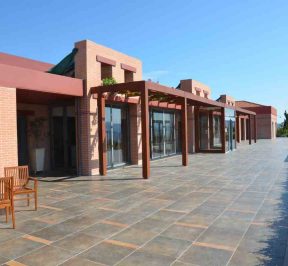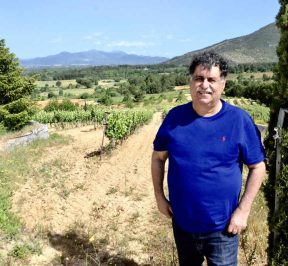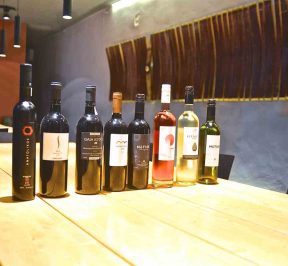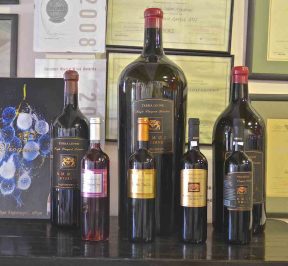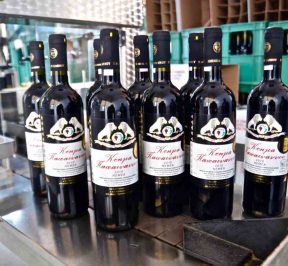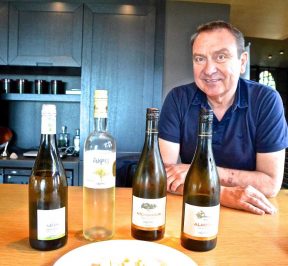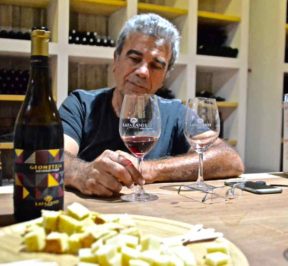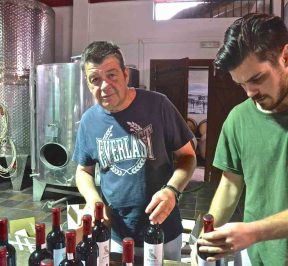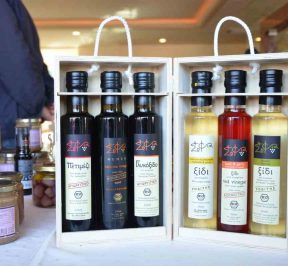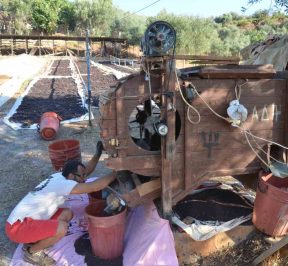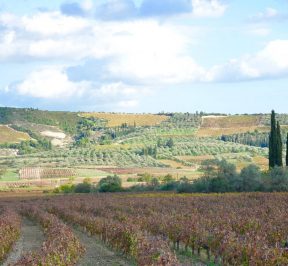Corinthian raisin
The dried fruit of the raisin, the famous Corinthian raisin, was the "black gold" for 19th century Greece.
In ancient Greece, the dried fruit of the raisin was called a raisin, as was the raisin itself. Black currant is one of the most historic products in Greece. It has been cultivated in very specific Greek lands since the 15th century BC. and there are references to it in Hippocrates, Homer, Aristotle and other ancient Greeks. In ancient times it was considered a cure for most ailments and was of great value. In fact, in ancient Rome, two jars of Corinthian raisins were equivalent to a slave and Caesar considered it a delicacy! Raisins accompanied the wine at banquets and were used in food and sweets. In Byzantine times, their use continued in cooking, but large quantities were consumed during the fasts of Christianity.
From the middle of the 14th century, the Venetians imposed the systematic cultivation of black currant in the northwestern Peloponnese. At the beginning of the 19th century, raisins are the leading export product of Zakynthos in western Europe, while in the Peloponnese, during the Revolution of 1821, war and disaster suspended its production. Immediately after the end of the liberation struggle (1830), the vineyards were re-cultivated with raisins and the English monopolized the exploitation of raisins, which they used for their cakes and puddings.
During the second half of the 19th century, Corinthian raisins were for the Greek economy what coffee was for Brazil.. It covered 70% of the total value of the country's exports and was the only product that brought so much profit to develop in Greece not only a robust commercial bourgeoisie, but also a whole range of related activities, jobs and professions. Traces of the wealth that came from the raisin can still be seen in the glorious old mansions of the raisin traders but also in the huge raisin warehouses that are scattered in Κορινθία, Achaia, Ilia and Messinia.
The collapse of the raisin trade in the crisis of 1893 brought irreparable blows not only to the local economy but also to the whole of Greece. He greatly contributed to the infamous "unfortunately we went bankrupt" of Charilaos Trikoupis in 1893.
Nowadays the cultivation of Corinthian raisins is limited to the semi-mountainous and mountainous parts, while in the lowlands the cultivation of citrus fruits, which need a sweeter climate, prevailed. The variety "Vostitsa" has been registered as a PDO product and is considered the highest quality Corinthian raisin and most of it is grown in Aegialia.
The process of raisin production is laborious, but it is the life of all farmers who have estates in the hinterland of Aegialia. The work of the raisin is per period as follows:
Peeling in October, digging at the end of winter, pruning in February, lubrication with manure in March, blue and sulfuration in spring, trench of the trunk at the end of spring so that the juices do not return to the ground and strengthen the fruit, corneal in June and finally threshing floor cleaning (the levels where the raisin is spread for drying).
The fruit of the black currant is usually harvested in August and spread in the "threshing floors" (specially designed outdoor areas) located next to the fields. Then follows the process of drying in the sun and, finally, with the help of a machine - the car - which acts as a sieve, the unnecessary bodies are discarded and the thick one is separated from the fine nipple. This treatment is known as "make-up".
Most of the raisins in the Peloponnese are managed by Panayialios Union of Cooperatives.
Many recent medical studies have confirmed the great organoleptic characteristics and nutritional value of raisins, so that we can classify it in the category of superfoods. And not unjustly since currant is a very good source of antioxidant polyphenolic ingredients, has anti-cancer activity - especially in the colon and stomach - contains large amounts of magnesium, zinc and potassium which are blood pressure regulators, while has a high percentage of fiber.
Video
Contact
- CategoryProducts
- LeaseNemea - Corinth
Lease
PLACE & HISTORY - TRADITIONAL KITCHEN
TAVERNS - RESTAURANTS - CAFES
PRODUCERS - WINERY

